Solo Travellers
Solo travel tips from Tracee Ellis Ross, bringing 4 bags everywhere
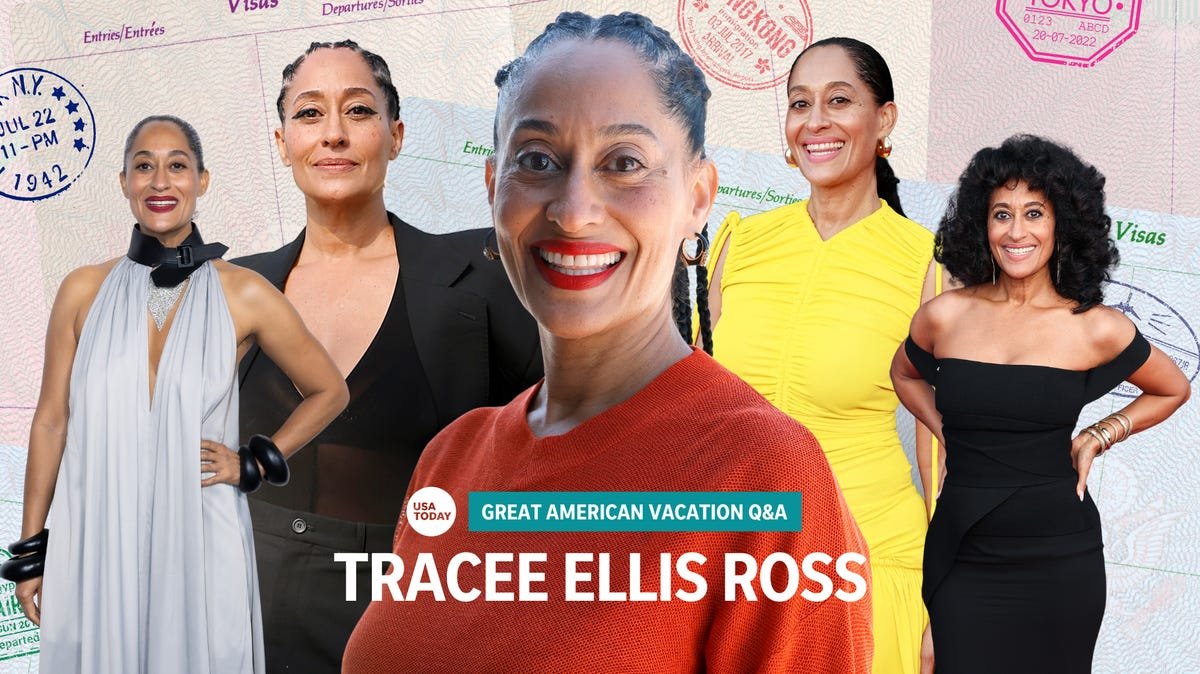
In the first episode of “Solo Traveling with Tracee Ellis Ross,” the actress lingers in the lobby of her Morocco hotel trying to decide whether she wants to get a drink or not.
“One of the many advantages of solo traveling is that you can change your plans last minute,” she says in voiceover. “I don’t feel like going out anymore, and no one gets upset.” She turns around and orders room service instead.
The three-episode show, which premiered Friday on The Roku Channel, follows Ross on vacations to Marrakech; Mexico’s Riviera Maya; and Marbella, Spain, highlighting the joys of exploring the world on your own. Ross, who is also a producer and the founder of PATTERN Beauty, spoke to USA TODAY about her love of solo trips, airplane etiquette and why she usually has at least four checked bags.
This interview was edited and condensed for clarity.
You mention in the show that you’ve been solo traveling since your 20s. What do you enjoy about solo travel in particular?
I really like my own company. I like being by myself. You know, I live a very full and jam-packed life. I often am working seven days a week and working when I’m on vacation, and doing things. And so it’s an opportunity for me to allow the dust to settle and for life to kind of integrate into my being.
I really enjoy the luxury of being. I do a lot of doing in my life. And so there’s something about solo travel – the kind of solo travel that I do, because some people go on solo travel for adventure, some people go to meet people, some people go to sort of be away from their lives. The kind that I do really is about being, and I gain a muscle strength, which I liken to a baseball player that swings with two bats and then gets up to plate and swings with one. I feel like solo travel is a little bit like swinging with two bats, and I gain a muscle strength around the ability to hold my own self with confidence out in the world. I come back and you’re like, going to a party by yourself is no big deal.
I was curious what it was like documenting the travels, as opposed to other types of solo trips you might have taken in the past?
It was weird. The first episode was weird. I was very uncomfortable. It was interesting. It was very important to me that we included the packing as part of the show, my packing and my travel and sort of what that experience is for me, because that’s the sort of authentic truth of it. And I didn’t want cameras in my home, so when we figured out how to do the cell phone and record that way, it ended up being one of the best tools on the show, because I was able to do that in a lot of the intimate moments where there wasn’t the ability to have a camera person there, and that helped the experience feel more intimate.
The other thing that we ended up doing, I recorded a lot of the quiet moments where there’s no talking, and that’s what happens when you’re solo traveling. And then when we were in the editing process, there was the discovery that as much as that sort of reportage, what do you call it? Like, that documentary feeling, that it needed a voiceover, sort of an inner dialog voiceover. So, as opposed to it being written, it was really me talking my thoughts, and I thought that helped me feel more comfortable with what I was sharing, so that the experience of, “Can you be yourself by yourself out in the world?”, which is really what the underlying theme of the show is, felt articulated in that way.
We get to see in the show your very meticulous packing process. What is one of your travel must haves that you always bring?
Well, I always bring a medical kit, and that’s both one that, you know, has a tourniquet, like, Band-Aids and Neosporin, and also your basics like Theraflu and anti-nausea (medication) and stuff like that, just in case. … The other is a pillow. It’s a must have. I have a smaller pillow that will go in an onboard roller bag, because I know that I have expressed this and I think I talk about it in the show that I am a checked-bag girl.
One of my packing philosophies is BIA, which is, ‘bring it all.’ I often check a minimum of four bags. And then I also talk about how I prepare for beauty and disaster. I also, in my carry-on, have a very meticulously and strategically put together bag that if the luggage doesn’t arrive, I can still look chic and be fine for an extended period of time before I can get to a store. And so those things are really important to me.
But, yeah, I kind of think it all through. I’m like, is it going to rain? Isn’t it going to rain? We all know that now, the weather changes every day, so I have it all.
Do you have a favorite travel memory from shooting?
I really enjoyed the olive oil (tasting) in Spain. I felt very tickled and also silly that I didn’t know that the majority of the olive oil in the world comes from Spain; I thought it was Italy, and I’m like, ‘Oh, how did I not know that?’ Who knew there were so many shades of yellow and green in olive oil, and who knew that olive oil could be just as intricate and expressive as wine? And I thought that was really amazing.
Morocco and the nut carts were (some) of my favorites. Who knew, again, that a cart of nuts could be like a beautiful display of art? Also the “Red City,” Marrakech, and that beautiful, sort of dusty rose color was one of my favorite, favorite things I experienced in the travel.
Do you have a preferred way that you like to travel? We saw you flying in the show but are there other ways, like train or cruise travel, that you enjoy?
Up until this moment, I have not been a cruise person at all, but I won’t say that that’s out of the question.
I love flying. I’m an easy flyer. Growing up, I did a lot of taking a train because I went to school in Switzerland … and so I really find there’s a real civility to the train that I quite enjoy. But due to my luggage, the train is not my preferred (method), and the airplane is the most easy.
Do you have any travel pet peeves, things that bug you while you travel?
Oh, I have many. People that cough and don’t cover their mouth is just – I just don’t understand. I’m sorry, I do not. I mean, put your face in your shirt. It’s not that hard. People that go into the bathroom on the airplane in bare feet – I’m at a loss here. I want to help those people understand what is actually happening in the bathroom.
… It’s sort of airplane etiquette, being in tight, personal spaces with people and the different etiquette that people have. I just sometimes am at a loss why people don’t have more courtesy for their fellow human than is right next to them, especially after COVID, and how we learned how easy it really is to protect yourself.
Is there anything that you like to splurge on when you travel?
I think the biggest is in time. I let myself sleep. Like if I want to stay up and watch my iPad and binge until 2 o’clock in the morning, so be it. If I want to sleep late, I sleep late. If I want to take an afternoon nap, I take an afternoon nap. If I want to have a glass of wine at lunch, I have a glass of wine at lunch and then take a nap. So, I think time is really the luxury for me on solo vacations and following my own pace and my own heart around.
The splurge financially – I’m not really a shopper on solo travel. I did in Morocco, because how could you not? Like, it was just something that had to be experienced. But it’s not a thing that I do. I’m not a person who goes to a gift shop or even has to go find this or that somewhere. I love museums and restaurants and things like that more in travel. But I do love extravagant first classes. And I do love a hotel room that if I am too anxious and can’t sort of experience out there on my own, that I would be fine in my hotel room and in my hotel.
For someone who hasn’t traveled on their own and they’re not used to it, do you have any tips for taking your first solo trip?
I absolutely do. If you have the impulse to solo travel but you’re nervous and you’ve never done it before, the first thing I suggest is that you go to dinner on a Wednesday night at 6 o’clock when a restaurant opens and see how you do. If you do well on that, try a Friday or Saturday night at 8 p.m. when it is jam packed with couples and groups of people. If you can accomplish that and feel good about it, I then suggest that you take a solo trip.
If you still feel nervous about that, then you can either tack on a couple of days on your own during a trip that’s already been planned with other people, or go somewhere you’ve been with other people on your own, so that you know what to expect from that environment.
The other thing I ask people to ask themselves is, what kind of solo trip are you looking for? Do you want a solo trip of adventure, to meet people, to relax by yourself? It’ll help you define where it is you want to go. And then the last thing that I think is incredibly important is, if you’re traveling on your own, I suggest that people treat it like dating in that (you) let somebody know where you’re going, give them your itinerary, so they can check on you and know where you are. And also if there are parts of your identity that perhaps will leave you vulnerable in a foreign place, perhaps if you are a woman on your own, a Black woman, LGBTQ, differently abled, anything that might perhaps be perceived as a vulnerability out in the world, do your due diligence to the best of your ability to find a location that you will be safe there. Obviously there’s the unexpected, but that you can, to the best of your ability, make sure that you will be safe where you go.
Nathan Diller is a consumer travel reporter for USA TODAY based in Nashville. You can reach him at ndiller@usatoday.com.
Solo Travellers
Are the world's most beautiful islands in danger?

The scenery and 24-hour sun on these Norwegian isles are no longer a secret
Source link
Solo Travellers
The Best Ear Protection for Kids to Wear at Concerts, Fireworks, and Sporting Events
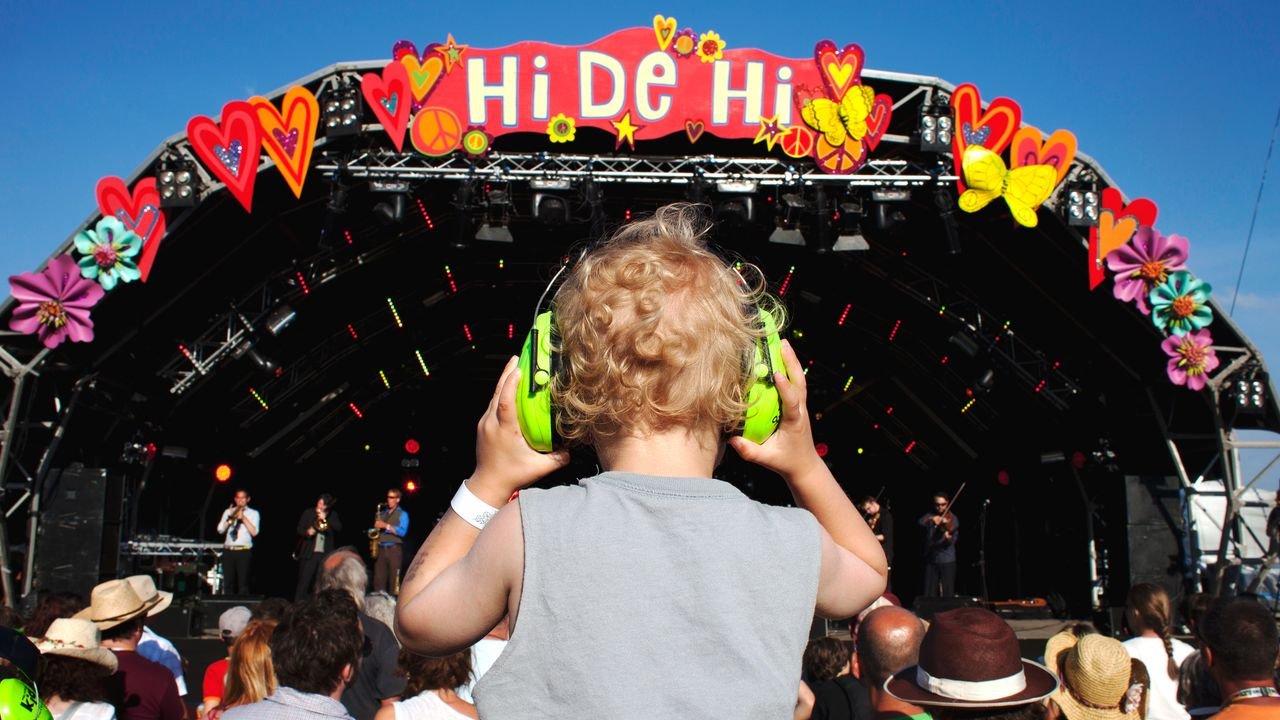
There’s a reason your child covers their ears every time you walk past a construction site. Little ears are sensitive—and they’re especially vulnerable in the presence of fireworks, race cars, and screaming Taylor Swift fans. According to the Centers for Disease Control and Prevention, prolonged exposure to noise above 85 decibels (dB)—the typical volume of a hair dryer—can cause permanent hearing damage, even for adults. Now imagine your child at a Fourth of July firework festival, where pyrotechnics displays can top 150 dB, and you understand why packing ear protection is just as crucial as sunscreen and snacks.
“Our ears are always on,” says Dr. Brian J. Fligor, a pediatric audiologist, author of Understanding Childhood Hearing Loss, and president of Tobias & Battite Hearing Wellness in Boston. “Hearing is crucial for our language development and navigation of the world. That’s why we must protect children’s hearing from birth.”
The good news? Today’s earmuffs—over-the-ear headsets that help block noise—are lightweight, comfortable, and stylish enough that most kids won’t put up a fight over wearing them. They’re also designed to lower the decibel level without muffling or distorting sound entirely. (The goal is volume reduction, not total silence.)
Dr. Fligor advises using protection any time an event is loud enough to startle a child or requires shouting in order to be heard. He also recommends it when riding ATVs, snowmobiles, or other powersport vehicles where engines are not particularly well-muffled. And while hearing protection is not necessary on commercial flights, he absolutely recommends muffs for smaller bush and prop planes, or when attending a jet flyover show. If you’re not sure how to gauge the noise risk in any given situation, there’s an app for that: Decibel X sound meter for iOS and Android offers a real-time frequency analyzer for spot checks.
We asked Dr. Fligor, a father of four, along with other travel-savvy parents about the muffs that work best for their kids and why. Below, the best kid-approved picks for the ultimate ear protection.
FAQ:
What should I look for to find the best ear protection for kids?
Aim for a minimum noise reduction rating (NRR) of 22 to 27 dB for general use, says Dr. Fligor. For especially loud environments—like fireworks shows or racing events—higher is better.
What ages need ear protection?
Exposure to loud noise—anything over 85 dB—can cause permanent hearing damage in children and adults alike, which is why it’s so essential to protect our hearing from birth onward. Proactive protection for kids is especially important because they are less likely to self-regulate and move away from noise if it gets too loud.
Which type of ear protection is better for kids: earplugs or earmuffs?
For babies, toddlers, and grade schoolers, over-the-ear muffs are the safest and easiest option. They’re more comfortable, stay in place better, and don’t pose a choking hazard the way earplugs might. Dr. Fligor advises against using earplugs for children until they are old enough to report accurately on their comfort and effectiveness, typically around age seven or older. For tweens and teens, high-fidelity earplugs like Loop or Etymotic work well because they dampen volume without distorting sound (ideal for concerts).
How can I tell if the ear protection fits correctly?
“Earmuffs should form a snug but gentle seal around the ears without any gapping,” says Dr. Fligor. That means the cups are large enough to fit around the entire ear— including the flap of cartilage around the edge, called the pinna—and sit along the jaw. If they slip forward or the ears poke out, it’s not tight enough. If they leave indentations or the child complains about pressure, it’s too tight. To double check the fit, ask your child to shake their head while wearing them: If the earmuffs shift easily or slide off, they’re too loose.
Solo Travellers
Renting a Camper Van for a Road Trip of Stargazing, Cook Outs, and Red Rock Hikes
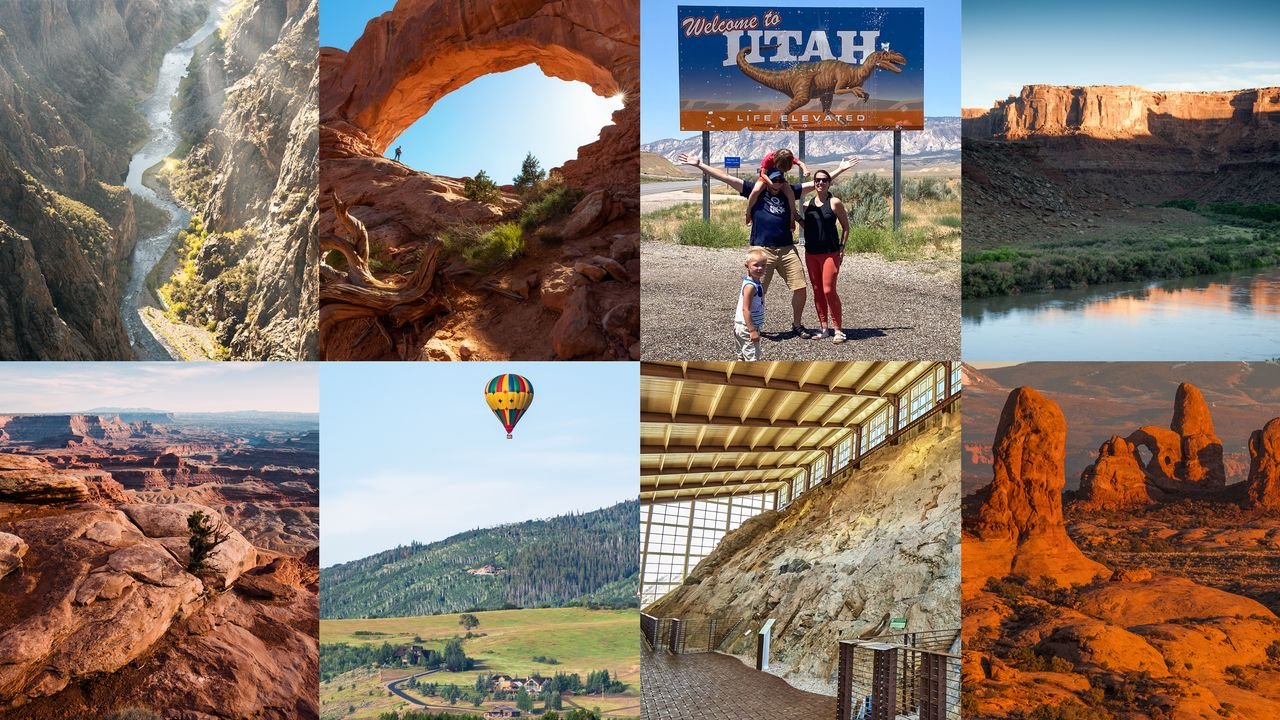
For Jo Piazza and Nick Aster, a camper van trip through the national parks of Colorado and Utah wasn’t just a summer escape—it was a way to reconnect with the adventures they loved pre-kids. “It was time for a trip out west,” Jo says. “We’d visited a lot of these national parks when we lived in San Francisco, but now it was about showing our kids—Charlie, 5, and Beatrix, 3—what makes these places so special.”
The couple, who live in Philadelphia and were expecting their third child at the time (Eliza, now born), mapped out a 10-day loop that started and ended in Denver. Along the way, they visited Rocky Mountain National Park, Steamboat Springs, Dinosaur National Monument, Moab, Arches, Canyonlands, Black Canyon of the Gunnison, and Breckenridge. “It was a bit of an epic romp,” Jo laughs. Here’s how they spent their family vacation—and how much it cost.
Why rent a camper van?
Pregnant, outdoorsy, and realistic about the physical demands of camping with two small kids, Jo knew she needed more than a tent. “Sleeping on the ground just wasn’t going to cut it,” she says. “A van gave me a good place to sleep—and full disclosure, Nick often slept out in the tent with the kids to give me a bit of luxury.”
They rented their “cabin camper” through Outdoorsy—a fully tricked-out truck with a massive cap in the back that felt like a log cabin on wheels. “People commented on it everywhere we went,” Jo says. “We’d get high fives, people asking to take pictures. At one point, someone said, ‘Hey man, we saw you in Canyonlands two days ago! That thing is awesome.”
Planning a flexible route around national parks
Unlike their usual meticulously planned vacations, this one was intentionally open-ended. “We had a general loop in mind,” Jo explains. “We knew we wanted to hit Rocky Mountain right away since it’s so close to the airport, and we knew Charlie would go bananas for Dinosaur. But the rest we figured out as we went. That’s the beauty of traveling by van—you don’t need to lock in hotels every night.”
This flexibility came in handy during a July heatwave in Moab. “We broke up the camping with a stay at the super-unhip Marriott,” Jo says. “It had a fake red rock pool and a mini water park. It flew in the face of the National Park ethos, but with 100-degree heat and two little kids, we just leaned in. They loved it.”
Top highlights for parents and kids
The kids’ favorite moments weren’t always the ones Jo and Nick would’ve picked, but they rolled with it. “They’re still talking about the pool in Moab and the fossil quarry at Dinosaur National Monument,” Jo says. “Also, they were weirdly into how much attention the van got.”
-

 Brand Stories2 weeks ago
Brand Stories2 weeks agoBloom Hotels: A Modern Vision of Hospitality Redefining Travel
-

 Brand Stories1 week ago
Brand Stories1 week agoCheQin.ai sets a new standard for hotel booking with its AI capabilities: empowering travellers to bargain, choose the best, and book with clarity.
-

 Destinations & Things To Do2 weeks ago
Destinations & Things To Do2 weeks agoUntouched Destinations: Stunning Hidden Gems You Must Visit
-

 Destinations & Things To Do1 week ago
Destinations & Things To Do1 week agoThis Hidden Beach in India Glows at Night-But Only in One Secret Season
-

 AI in Travel2 weeks ago
AI in Travel2 weeks agoAI Travel Revolution: Must-Have Guide to the Best Experience
-

 Brand Stories4 weeks ago
Brand Stories4 weeks agoVoice AI Startup ElevenLabs Plans to Add Hubs Around the World
-

 Brand Stories3 weeks ago
Brand Stories3 weeks agoHow Elon Musk’s rogue Grok chatbot became a cautionary AI tale
-

 Asia Travel Pulse4 weeks ago
Asia Travel Pulse4 weeks agoLooking For Adventure In Asia? Here Are 7 Epic Destinations You Need To Experience At Least Once – Zee News
-

 AI in Travel4 weeks ago
AI in Travel4 weeks ago‘Will AI take my job?’ A trip to a Beijing fortune-telling bar to see what lies ahead | China
-

 Brand Stories4 weeks ago
Brand Stories4 weeks agoChatGPT — the last of the great romantics

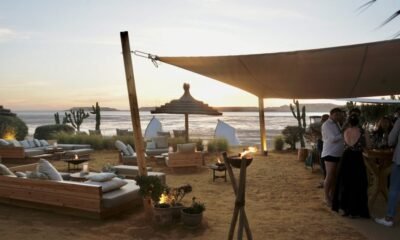

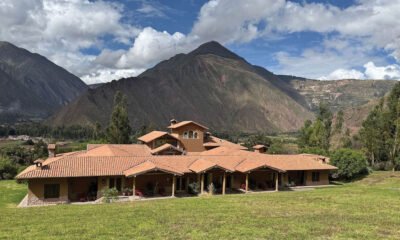









You must be logged in to post a comment Login